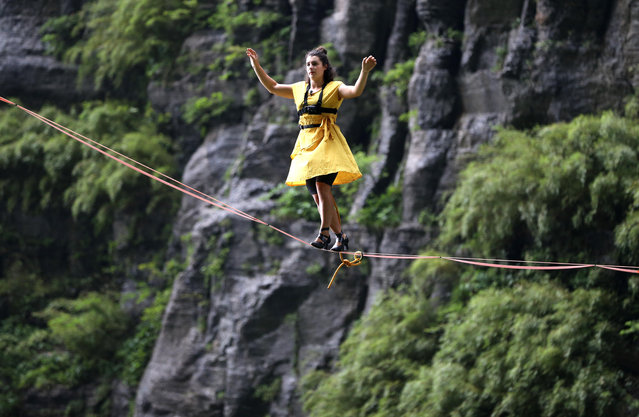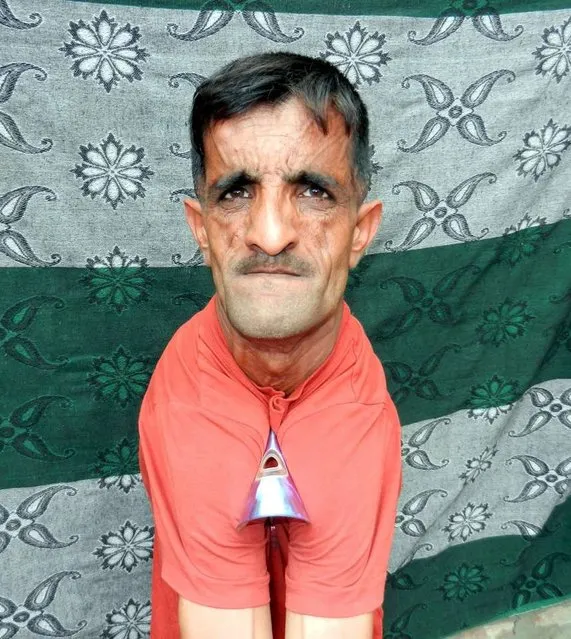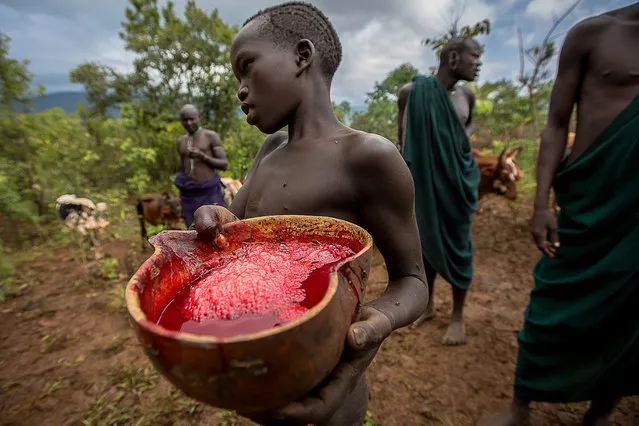A year ago, we at HootSuite showed just how much we love Game of Thrones with our Social Media Winter is Coming infographic. The infographic was a visual representation of the quiet battles being fought between many social networks, who were building walls and blocking access between their respective sites and apps. That graphic was a hit with the social media community, so we knew we had to take things up a notch for this season’s premiere. Enter the Game of Social Thrones video.
12 Apr 2014 11:47:00,post received
0 comments






